Are you ready for 'The Great Gatsby,' but he's a woman?
Published in Books News
“Can’t repeat the past? Why, of course you can!” is a line famously spoken by the title character in F. Scott Fitzgerald’s “The Great Gatsby.” This year, writers are repeating the past — a lot — with new takes on the St. Paul native’s classic novel.
Perhaps because it’s the 100th anniversary of the novel and perhaps because it’s in the public domain and anyone who wants to borrow from it can do so without impunity, there is a great deal of “Great Gatsby” right now. The Friends of the Saint Paul Public Library scheduled a year of events and 2025 already has seen both a new biography of the author and a novel in which a hitherto-unknown Jay Gatsby sister solves a murder (a couple years ago, there were Minnesota artist K. Woodman-Maynard’s graphic novel version and local writer John Gaspard’s “The Greyhound & Gatsby,” telling the tale from a dog’s perspective).
Here are a few brand-new takes on “The Great Gatsby” that are hitting shelves:
“Gatsby,” but make it Black
Kyra Davis Lurie draws on multiple elements in “The Great Mann,” which was inspired by a radio report as well as “Gatsby.” Part of the backbone of her story is the historical fact of the Sugar Hill neighborhood of Los Angeles — where wealthy Black people had homes (including “Gone With the Wind” Oscar winner Hattie McDaniel). First, it was challenged in courts by white neighbors and then obliterated, like St. Paul’s Rondo, for a highway.
But you don’t have to look far to find the “Gatsby” influence in the tale of a naive young man named Charlie (instead of Nick Carraway) who falls under the spell of an enigmatic and fabulously wealthy contemporary named James “Reaper” Mann. Set two decades after “Gatsby,” in 1945, “Mann” (Crown, 320 pages) also explores Charlie’s experiences with segregation when he fought in World War II.
“Gatsby,” but make it female
The three main male characters in Fitzgerald’s novel all become women in Meg Mitchell Moore’s “Mansion Beach” (“the beach read of the summer,” crows novelist Elin Hilderbrand), and the action shifts a little north, from New York to Rhode Island. Nicola Carr, the Carraway stand-in, is hoping for a restful summer but she keeps getting distracted by the loud parties thrown by her neighbor, fashion entrepreneur Juliana George (think: Jay Gatsby). A regular at those parties is Taylor (Tom) Buchanan, the villain of “Mansion Beach” (William Morrow, 336 pages), who will stop at nothing in her search for success.
That seems like plenty of drama but the odd cover copy also seems to promise something out of a disaster movie, or at least a good reason not to wear those white suits Robert Redford sported in the first “Gatsby” movie. The cover describes the novel’s setting as a place “where the sand is warm, the mud slides are cold, and the wealthy are reckless.”
“Gatsby,” but make it delicious
If your re-reading of “Gatsby” wouldn’t be complete without heiress Daisy Buchanan’s supposed recipe for a julep cocktail, this is the one for you. In addition to the text of Fitzgerald’s book, this edition, subtitled “The Complete Novel with 15 Recipes Inspired by the Roaring ‘20s” (Chronicle Books, 158 pages), includes food you can pair with the book. That includes two deviled egg make-overs that were inspired by Fitzgerald’s original, fictitious, setting of West Egg. Publishers of the book, which hits stores Aug. 19, also promise directions for making one of those precarious-looking champagne towers that always topple onto the mother of the bride in romcoms.
“Gatsby,” but make it cyberpunk
K.M. Fajardo’s “Local Heavens” (Bindery Books, 455 pages) even takes Fitzgerald’s exact character names for its narrative, which is set five decades in the future, when technology has made further inroads on our humanity. Nick Carraway, who is of Filipino heritage in this retelling (as is Fajardo), falls under the spell of Jay Gatsby, a new millionaire with a mysterious past. The result is what the author calls a “queer, cyberpunk” take on the classic.
The wrinkle in Fajardo’s book, due in October, is that Carraway is at least partly successful in avoiding the toxic glamor Gatsby represents. In fact, he’s been hired to investigate Gatsby’s nefarious business dealings. In addition to the character names, Fajardo even borrowed her title from a “Gatsby” quotation: “Something in his leisurely movements and the secure position of his feet upon the lawn suggested that it was Mr. Gatsby himself, come out to determine what share was his of our local heavens.”
“Gatsby,” but make it about Nick
“Nick,” Michael Farris Smith’s novel that tells Carraway’s story in the years leading up to his experiences in “The Great Gatsby,” came out four years ago. “The Duke of Buccleuch: Nick Carraway Writes ‘The Great Gatsby,’” takes a similar tack, picking up immediately after the events of “The Great Gatsby.”
In A S Lorde’s“Buccleuch” (Seagoat, 214 pages), we meet Nick as he wrestles with what happened in West Egg while also wrestling his recollections into shape as what we know will become “The Great Gatsby.” Basically, Nick is Fitzgerald. Lorde’s novel is set in St. Paul, Fitzgerald’s old stomping grounds, during the two years when Carraway completes his take on the Fitzgerald novel’s cataclysmic events.
©2025 The Minnesota Star Tribune. Visit at startribune.com. Distributed by Tribune Content Agency, LLC.
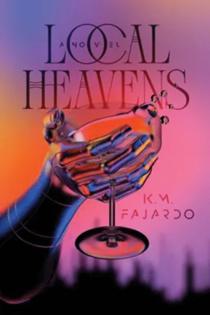
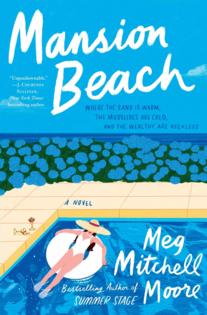
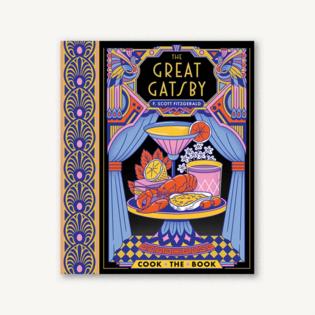
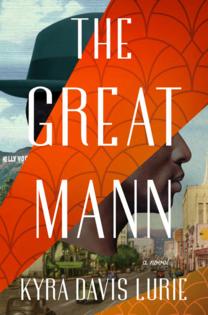




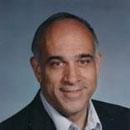
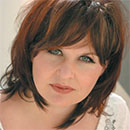
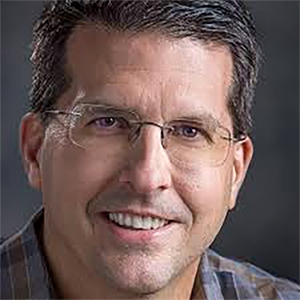
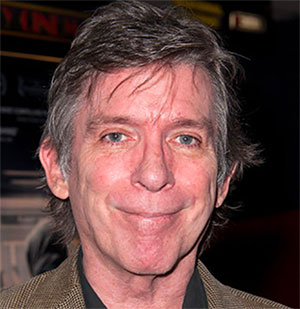
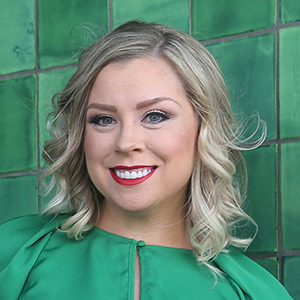

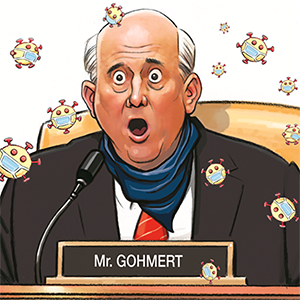



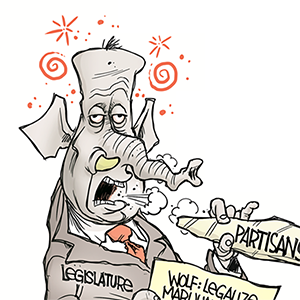
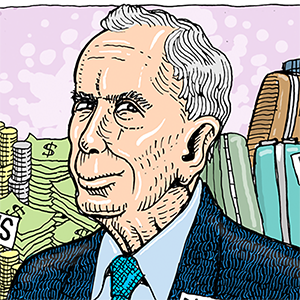
Comments